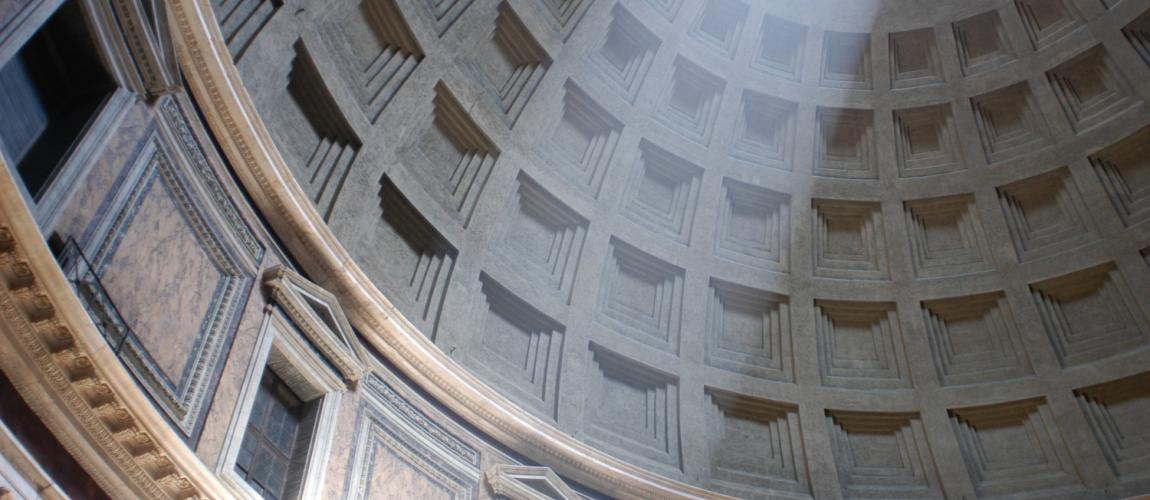Ricoh Coliseum at Exhibition Place, Toronto, Canada

Photo Credit: Image by Freepik
On this page: A case study on Ricoh Coliseum at Exhibition Place, Toronto, Canada. Find more at the Municipal Public-Private Partnership Framework - Project Summaries section for brief summaries of around 100 projects from around the world, examples of successes and challenges, as well as innovative ideas on solutions, or visit the Guidelines to Implementing Asset Recycling Transactions Section Overview and Content Outline, or download Full Version of the Report.
Project Summary: Background The Coliseum was an 80-year old arena located on the Canadian National Exhibition grounds, originally built for livestock and Royal Agricultural Winter Fair horse shows. In 2002, the City of Toronto decided to refurbish the Coliseum using a PPP, with the aim of converting it into an 11,000-seat ice hockey arena that could attract a professional ice hockey team to the area. Project Structure The City entered into a partnership with BPC Coliseum Inc. and Coliseum Renovation Corporation (CRC) in November 2002. The project entailed renovating the arena in exchange for the right to lease the premises for 49-years at a total of CAD 38 million (USD 28 million). BPC and the local government each contributed capital for the renovation. BPC contributed CAD 9 million (USD 6.7 million) and procured CAD 20 million (USD 15 million) in debt financing. Toronto City contributed CAD 9 million to the project. The City guaranteed BPC’s CAD 20 million in loans and retained ownership of the building. Under the agreement, CRC contributed an American Hockey League (AHL) team, the Toronto Roadrunners, as the subtenant of the project. The construction of the Ricoh Coliseum was completed in November 2003. The project receives its revenues from sub-leasing the arena to the local hockey league, selling the naming rights of the Coliseum, and renting the place for other events, such as the Royal Winter Fair, the sportsmen’s show, and concerts. In addition, the government will receive taxes on the lease and additional net revenue from the service and parking fees from event activities in the Coliseum. Each partner is entitled to a share of the net revenues, after debt servicing, with the City and BPC each to receive an agreed return on capital and the tenant retaining the remainder, if any. The CRC forecasted that the tenant would generate around CAD 9,500 (USD 7,000) from Toronto Roadrunners per game, enough to repay the City and BPC’s investment in the project. This figure came from the forecasted average of 7,000 paid attendees plus other revenues expected from these games (merchandise, sponsorship, suite sales, food, and beverages). Lessons Learned The project did receive CAD 10 million (USD 7.4 million) from Ricoh Canada, a document imaging company from Japan, for the naming rights of the building for ten years, with a five-year renewal option. However, the actual attendance for the first season was only 1,200 per game, despite continued marketing efforts. As a result, by June 2004, the CRC was experiencing a negative cash flow and owed CAD 2.4 million (USD 1.8 million) to BPC. Fortunately, the agreement with CRC included performance security that could be encashed by the other two partners if attendance did not meet expectations. This led to the termination of the sub-lease with compensation through the performance security. Subsequently, the City and BPC entered into a flat rental agreement with Maple Leaf Sports & Entertainment Ltd., which contributed the AHL St. John’s Maple Leaf hockey team, for a term ending on 30 June 2025. The agreement ensured that the City and BPC would receive roughly the same, periodic rental payment irrespective of actual attendance. The flat rental agreement was suitable to the City as it was sufficient to repay the loan guaranteed by the City and also provide the City with a return on its cash investment. In 2018, Coca-Cola purchased the naming rights to the facility for ten years, and the Coliseum was renamed as “Coca-Cola Coliseum.” The project highlights that any municipal government will need to anticipate significant uncertainty with any type of project that heavily upon attendance of events. It is important to note that consumers may be choosier when it comes to entertainment expenditures than their primary consumption costs. In this regard, the municipality needs to carry out thorough due diligence on demand for the facility, including conducting surveys to confirm prospective interest in the type of event on which the project depends. Nonetheless, the Toronto municipality was able to divert a significant portion of the financial risk as a result of its partnership with an experienced infrastructure firm. The firm helped structure the agreement to include a performance security that could be cashed in case the attendance did not meet expectations. The infrastructure firm brought extensive experience with sports facility construction and operation that helped the parties obtain a mutually acceptable solution under a tight timeframe.1 Footnote 1: Case source(s): https://www.explace. on.ca/about/history/ plaques/ricoh-coliseum Accessed on June 4, 2019. https://www. theglobeandmail. com/sports/coliseumgets- makeover/ article1009714/ Accessed on June 4, 2019. https://www.gfoa. org/sites/default/files/ GFR_JUN_09_73.pdf Accessed on June 4, 2019. https://web.archive.org/ web/20140103154508/ http://www.explace. on.ca/database/ rte/files/Item%20 17-MLSEL.pdf Accessed on June 4, 2019. https://www.newswire. ca/news-releases/ new-coca-cola-andmlse- partnershipexpands- commitmentto- the-communitythrough- coca-colacoliseum- 687890611. html Accessed on June 4, 2019.
This is a new section of the PPPLRC website and is currently in draft form. Your feedback is welcome: If you would like to comment on the content of this section of the website or if you have suggestions for links or materials that could be included please contact us at ppp@worldbank.org.
To find more, visit the The Municipal Public-Private Partnership Framework - Project Summaries section, the Guidelines to Implementing Asset Recycling Transactions Section Overview and Content Outline, or download Full Version of the Report.
Updated: March 9, 2024